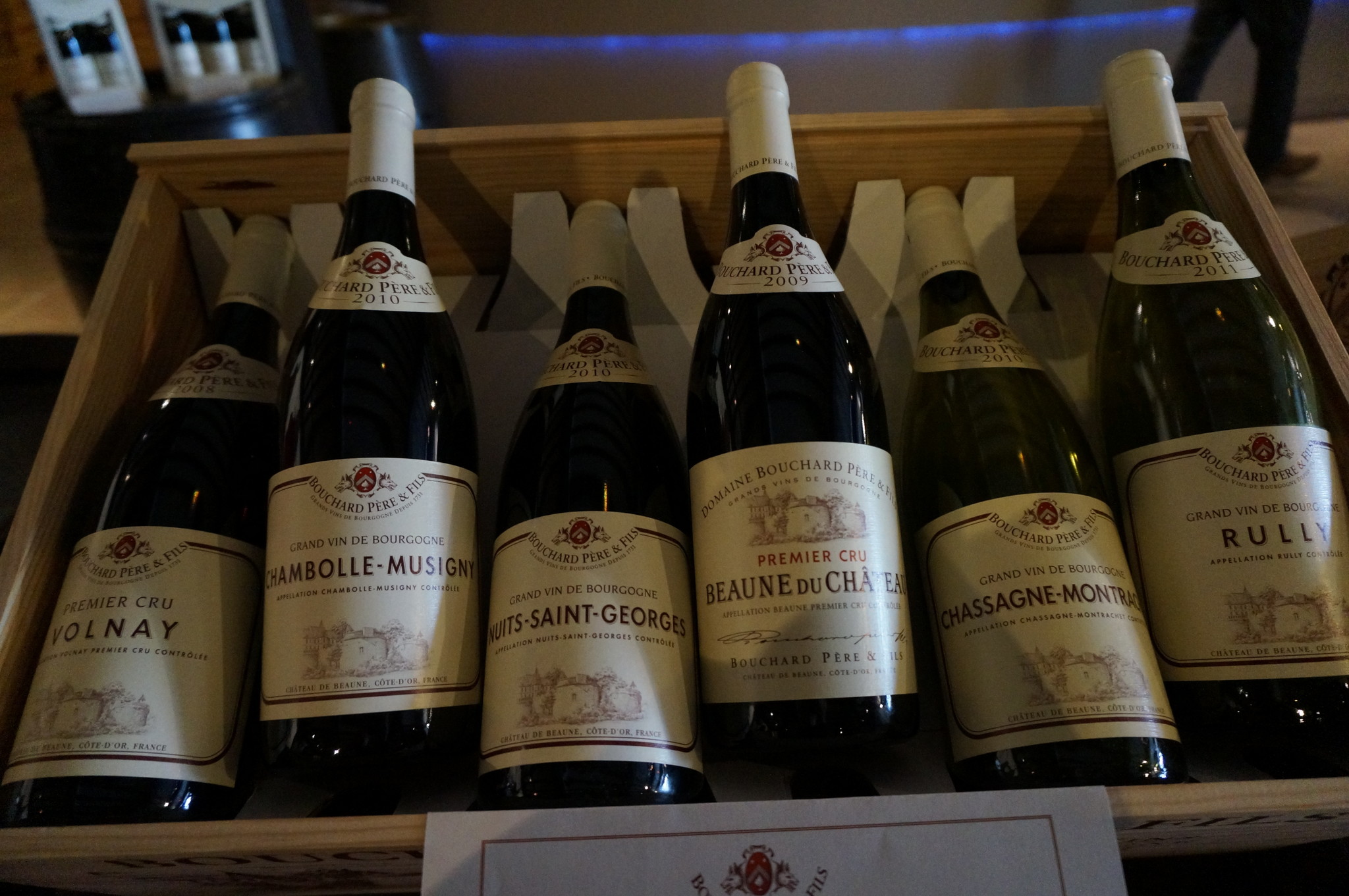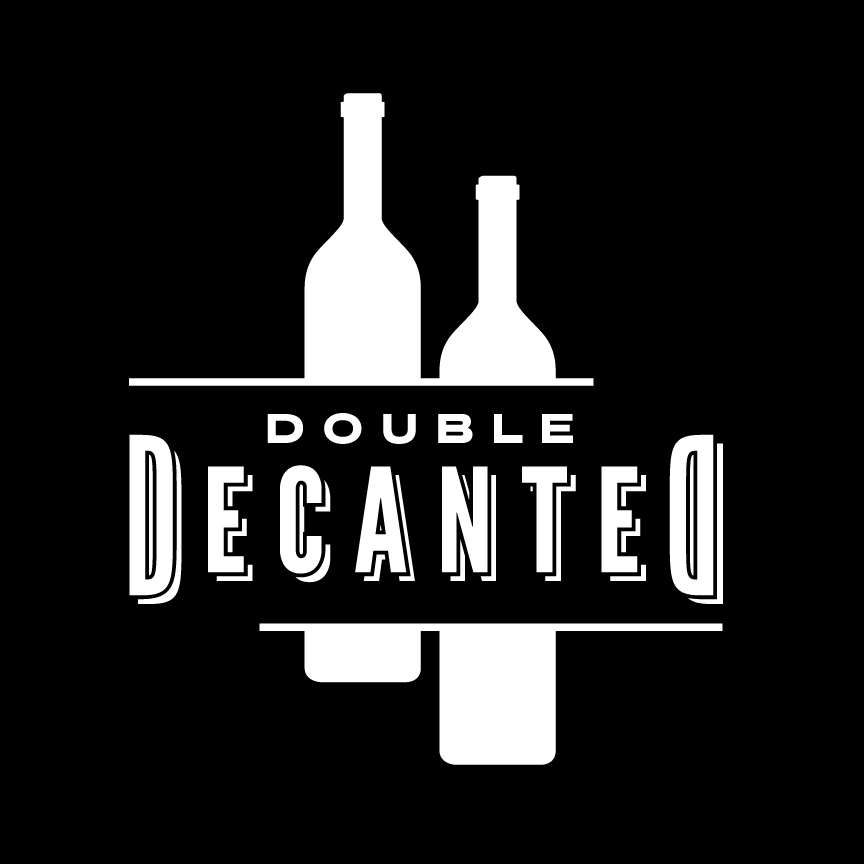Understanding the Wines of Burgundy, France
- Posted on
- By Kelly Prohl
- 0

Burgundy, home to some of the best and most famous wines in the world
Burgundy, France is the birthplace of some of the best and most famous wines in the world, and it’s sacred ground to many wine lovers. Yet a lot of Americans find Burgundy wine confusing. With no grape variety listed on the label, and a list of appellations and unfamiliar village and vineyard names in its place, it’s easy to be perplexed by this type of wine.
Most wine professionals would agree that Burgundy is the most complex wine region in the world. But don’t let this stop you from exploring its great wines! You don’t need to be a Burgundy expert to appreciate and enjoy it; you just need to know a few key points.
Two Main Varietals
The two main grape varieties used for Burgundy wines are Chardonnay for whites and Pinot Noir for reds. Unlike Bordeaux wine, which is made from a blend of several different grape varieties (including cabernet sauvignon, merlot, cabernet franc, and petite verdot), Burgundy wines are made from a single varietal.
One Vineyard Multiple Owners
Most chateaux in Bordeaux produce just one grand vin — a chateau’s best or first wine — in a fairly large quantity from a single appellation (i.e., where the grapes were grown). Mouton Rothschild is a famous example. Beyond this, some chateau will produce a second label (for Mouton Rothschild’s it’s Le Petit Mouton de Mouton Rothschild) from grapes that are either too young or not ripe enough for their grand vin.
Burgundy is different. It’s common for a single domaine to make a small amount of 8-10 different wines across a number of different appellations. This occurs because the ownership of vineyard land is more fragmented in Burgundy than in Bordeaux. So a single vineyard usually has multiple owners. A great example is Grand Cru Clos Vougeot’s 123 acres, which are divided into 100 plots with 80 owners.
Deciphering Labels
To understand a Burgundy label, you need to first understand the appellation system. In addition to the wine’s producer, the appellation is one of the best ways to understand what is in the bottle. Burgundy wines are classified into four tiers based on their terroir – how a region’s climate, soil and terrain impact the taste of the wine.
1. Regional wines are the base tier and represent approximately half the wines in Burgundy. These wines are sourced from a wide area and tend to be less distinctive than wine in the higher tiers, yet they can be a great value. You can identify wines in this tier by the word “Bourgogne” on the label.on’s climate, soil and terrain impact the taste of the wine.
2. Village or Commune wines are the next tier and represent slightly more than one third of Burgundy wines. You may be familiar with village appellations, such as Gevrey-Chambertin, Beaune and Pommard, and the name of these villages will appear on the label of wines from these areas. What gets confusing is that villages often append the names of their best vineyards onto that of the village to raise its prominence. So the village of Gevrey becomes Gevrey Chambertin, which is not to be confused with the Grand Cru vineyard Chambertin.
3. The second highest tier of Burgundy wines is Premier Cru, which accounts for approximately 10% of Burgundy wines. These wines come from higher quality vineyards than those in the previous two tiers. There are more than 600 Premier Crus, but you do not need to know all of them. Just look for ”Premier Cru” on the label.
4. The best of the best Burgundy falls in the fourth tier, Grand Cru. This tier includes the top 1% of Burgundy wines, which originate from the best plots in the region. There are just 33 Grand Crus, including Montrachet, Romanée-Conti and Clos Vougeot. To identify these wines, look for “Grand Cru” on the label.
Exploring Burgundy
Many Burgundy wine growers are small, so they often can’t make enough wine to effectively sell it. Instead, they sell their grapes or, in some cases, unfinished wine to a négociant. The négociant blends, bottles and markets the wine under its own brand name. Today, négociants are also involved in the viticulture and winemaking of grapes they purchase, and in many cases own their own vineyards.

One of the easiest ways to explore Burgundy wines is to look for wines from some of Burgundy’s top négociants. Because of their larger size, many négociants sell wines that are widely distributed, making them easier for you to find. If you’re searching the shelves for a Burgundy wine, here are some to look for:
Bouchard Père et Fils. This historic brand was established in 1731 and purchased by Henriot, Inc. in 1995. Henriot has made several improvements to the brand, including building a new winery in 2005, and the quality of its wines has never been better. My favorites include Beaune Grèves L’Enfant Jésus, a premier cru that rivals many Grand Cru wines, and two premier cru monopoles (vineyards under the control of a single owner): Beaune Clos Saint Landry (Chardonnay) and Beaune Clos de la Mousse (Pinot Noir). You may also want to try Volnay Caillerets Ancienne Cuvée Carnot (Pinot Noir) and Meursault Genevrières (Chardonnay).
Domaine Faiveley. Established in 1825, Faiveley is one of the largest owners of classified vineyards in Burgundy. Although they are located in Nuits-Saint-Georges, they have extensive holdings throughout Burgundy. By focusing on the integration of viticulture and winemaking, the quality of their wines is among the best in Burgundy. Look for the following red wines Corton Grand Cru “Clos des Cortons Faiveley” (monopole), Gevrey-Chambertin Premiere Cru “Les Cazetiers” and Gevrey-Chambertin Premiere Cru “Clos des Issarts” (monopole) and Nuits-Saint-Georges Premiere Cru “Les Damodes”. Their village level Nuits-Saint-Georges is also worth exploring.
Maison Joseph Drouhin, a relative newbie for Burgundy, Drouhin was founded in 1880. They produce a wonderful selection of Burgundy wines. The Clos des Mouches vineyard produces both red and white (Beaune Premier Cru Clos des Mouches) and is the historic centerpiece of the holdings. They also have invested heavily in Oregon and make fabulous chardonnay and pinot noir under the Domaine Drouhin label.
If you’re looking for more insights into Burgundy wines — and other wines from around the world — Double Decanted offers a collection of bottles at a variety of price points.
Let us help you find the perfect bottle – or bottles – for any occasion!
Please email me at [email protected]
This article was originally published in Royal Oaks Living magazine and is reprinted here with permission.


Comments
Be the first to comment...